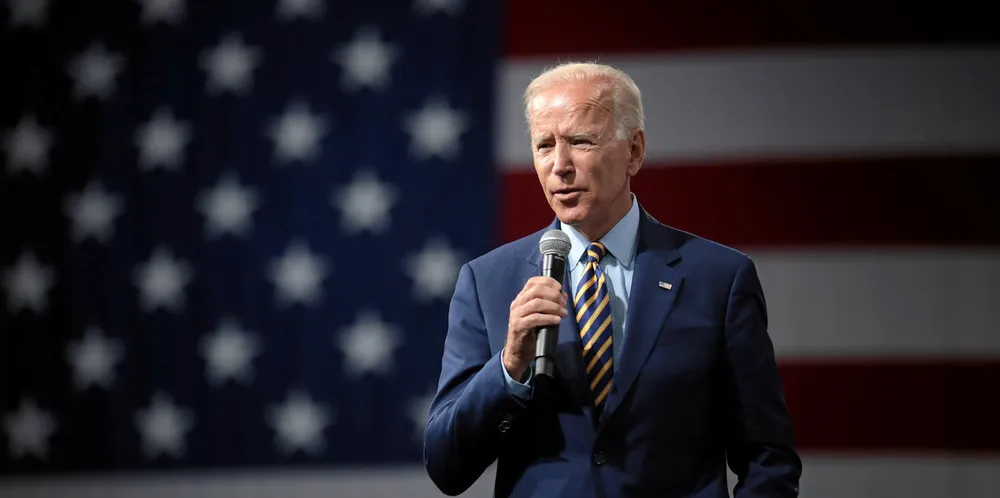Donald Trump voters 'biggest winners' in Joe Biden's $269bn green energy boom
Conservative areas seeing bulk of investment but renewables revolution 'hangs in the balance' as industry awaits permitting and transmission reform, says American Clean Power
